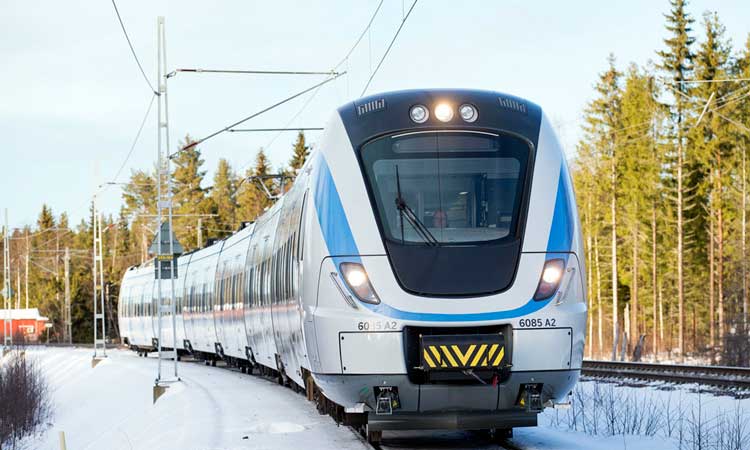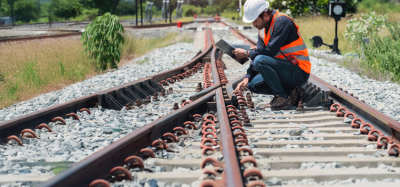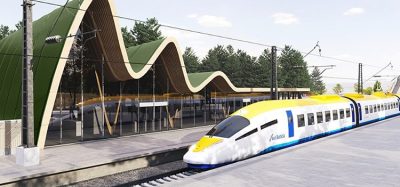Alstom receives ETCS Baseline 3 Release 2 certification
Posted: 25 June 2020 | Global Railway Review | No comments yet
By receiving the latest ETCS standard certification, Alstom is now equipped to work towards the complete digitalisation of Norway’s rail network.


Credit: Alstom - Coradia Nordic X60B in Northern Sweden
Alstom has announced that it has received full certification of the latest interoperability standard for rail, European Train Control System (ETCS) Baseline 3 Release 2.
Ahead of the large-scale rollout of the solution in Norway, Alstom has also been certified by Belgorail to implement its world-first data fusion algorithms using both satellite navigation and inertial movement to accurately and safely measure the location and speed of trains.
Initially created to enable a standardised European cross-border rail traffic, the use of ETCS is set to safely increase speed, reliability and capacity on the rail network. ETCS includes continuous radio-based automatic train protection, thus optimising higher-speed operation and supporting network interoperability, while reducing maintenance costs for the operator. The latest standard includes higher radio capacity and other evolutions to better address railways needs.
The new odometry system based on data fusion, which Alstom is currently implementing in Norway, is applicable to all types of trains and all environments, including the harshest weather conditions. By 2026, 450 trains will be equipped with the new standard and in commercial service across Norway. Tests for the first locomotive equipped with the new solution will begin in June 2020.
Managing Director of Alstom Nordics, Rob Whyte, said: “In a decisive move towards digitalisation in rail, Norway has chosen to equip the whole country with the latest version of the European interoperability standard, demonstrating the country’s leading strategy for a greener future. We are immensely proud to be participating in this, and even more so with a world-first technology for which we have just obtained certification.”
Alstom’s data fusion innovation obviates the need for the external radar components for localisation and speed measurement that are currently used. Data fusion is the process of aggregating multiple data sources to produce more consistent, accurate and useful information than that provided by any individual data source. In this case, being built as a hybrid, with both inertial and satellite sensors for the first time, its equipment is installed within the train, and thus remains unaffected by weather conditions. The algorithms used manage to maintain precision in covered areas, such as tunnels.
Related topics
Digitalisation, European Train Control System (ETCS), Interoperability & Liberalisation, Signalling, Control & Communications







